A fundamental component of good care is ensuring that apple fruit from sour type is free from apple tree diseases. Apple trees are susceptible to a wide variety of different diseases. Infections of this type might range from bacterial to fungal. The damage caused by some is just cosmetic, while the harm caused by others can be catastrophic, resulting in the death of all of your apple trees and the loss of all of their fruit.
In this piece, we will discuss the illnesses that affect apple trees the most frequently and go into detail about how to spot and treat them. This will ensure that you are equipped with all of the knowledge necessary to maintain the health of your garden.
The apple scab disease is one of the most widespread ailments that can afflict apple trees. It is essential that you inspect your tree on a regular basis and become familiar with the symptoms of apple scabs.

The fungus that causes apple scabs also leads to the infection of the apple tree’s leaves and fruit. If you live in an area that is often chilly and damp, such as the north, then you have a greater chance of encountering this type of bacteria.
Apple scab is a fungal disease that can affect both the leaves and the fruit of an apple tree, turning them black. Apple scabs can be present on your tree if you find strange black spots on its branches. There is a possibility that the lesions will appear olive green at times. In severe situations, the fruit may eventually become brown, and the leaves may get yellow or fall off too soon. In addition, the fruit may eventually lose its leaves.
Immediately after concluding that the scab has infected your apple tree, you will need to initiate a stringent treatment plan in order to rid the tree of the disease. This entails the following significant actions:
First, make sure that the area around your apple tree is free of any fallen leaves. Because of this, there is less of a chance that diseased fallen leaves may distribute spores to the tree when spring comes around again.
Make sure that you prune your apple tree on a regular basis. This results in less foliage being available for the fungus to infect, and it also promotes healthy circulation throughout the branches of the tree.

As soon as new shoots sprout on your apple tree in the spring, begin applying a fungicide that is purchased commercially and repeat this process every two weeks.
In the late summer and early autumn, sooty blotch and flyspeck are the most likely diseases to attack apple trees. The good news is that sooty blotch and flyspeck are simply superficial and have no effect on the apple tree’s health other than its appearance. On the other hand, they could potentially reduce the apple’s shelf life.
These two outbreaks typically occur together as a combined disease because of the collaborative efforts of many species of bacteria, namely peltaster fructicola, geastrumia polystigmatis, and leptodontium elatius.
These tree diseases, as their names imply, appear as blotches that are a matte black or gray color, as well as small black specks.
Both sooty blotch and flyspeck can be identified on fruit by the presence of little black spots or blotches on the surface of the fruit. This results in apples having a far less appetizing appearance, but it does not impact the apples’ flavor or their safety in any way.
The elimination of these varieties of fungus can be accomplished with just two straightforward steps: pruning and sanitation.

Maintaining your apple tree with the appropriate level of pruning will help lower the likelihood of getting sooty blotch and flyspeck. This decreases the likelihood that germs will grow and results in increased air circulation to the healthy fruit and branches. As this fungus grows in high humidity, it is important to ensure that your apple tree does not become overly soaked.
Blend one ounce of bleach into one gallon of water if you see any symptoms of sooty blotch or flyspeck. To remove the stain off the fruit, rub it gently with the solution and then wipe it off with a moist cloth.
The disease known as cedar apple rust is widespread across a significant portion of the United States. It gets its name from the fact that in order to reproduce, it needs two different trees to feed off of: an apple tree and a cedar tree. There are also variants of the cedar rust disease.
Lesions that cedar apple rust leaves behind on branches and fruit can be used to diagnose the disease. These tend to harm younger branches and continue to spread with each passing growing season.
Other than performing significant pruning, the only real treatment for cedar apple rust is to remove as many infected apples as possible. It is important to get rid of any diseased branches and fruit, as well as any debris, in order to prevent further infection from any spores that may be present.
You should also remove any lesions that you find on cedar trees that are located in the vicinity. This will disrupt the life cycle of the fungal infection and lower the likelihood of it occurring again.
In backyard orchards, powdery mildew is one of the forms of apple disease that occurs most frequently. Every year, it is predicted that powdery mildew, apple scab, and moniliasis are to blame for as much as fifty to sixty percent of the fruit that is lost.
The fungal disease known as powdery mildew can infect virtually every part of a tree. When the climate gets dry and warm, it is a yearly occurrence that can be a significant problem for apple trees, resulting in decreased fruit production.
The development of powdery mildew is something that growers will see happening throughout the growing season. The opening of the buds is delayed by a few days as a result of the infection that occurs before they do so.

As soon as they open, the blooms and foliage will be covered in a powder that is either white or gray.
There is a possibility that the flowers will not grow well and will be green or white in color. There will be no fruit produced by the tree. The leaves will eventually turn brown and curl up on themselves.
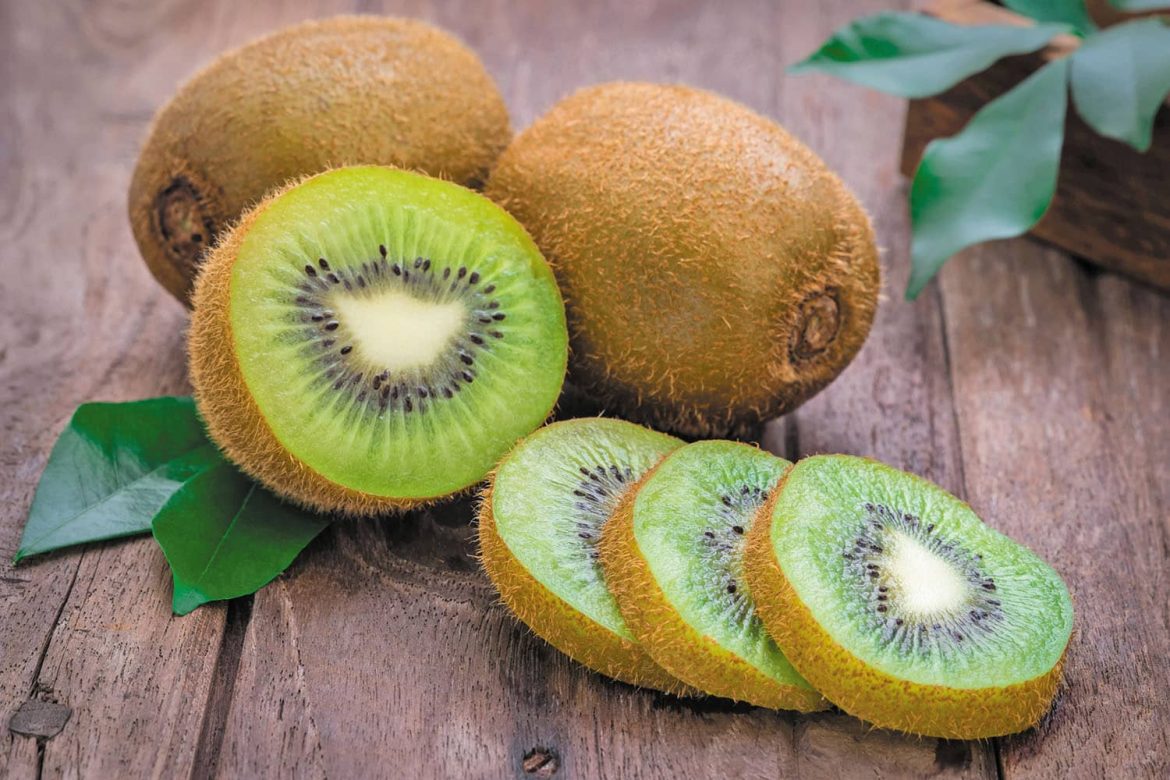
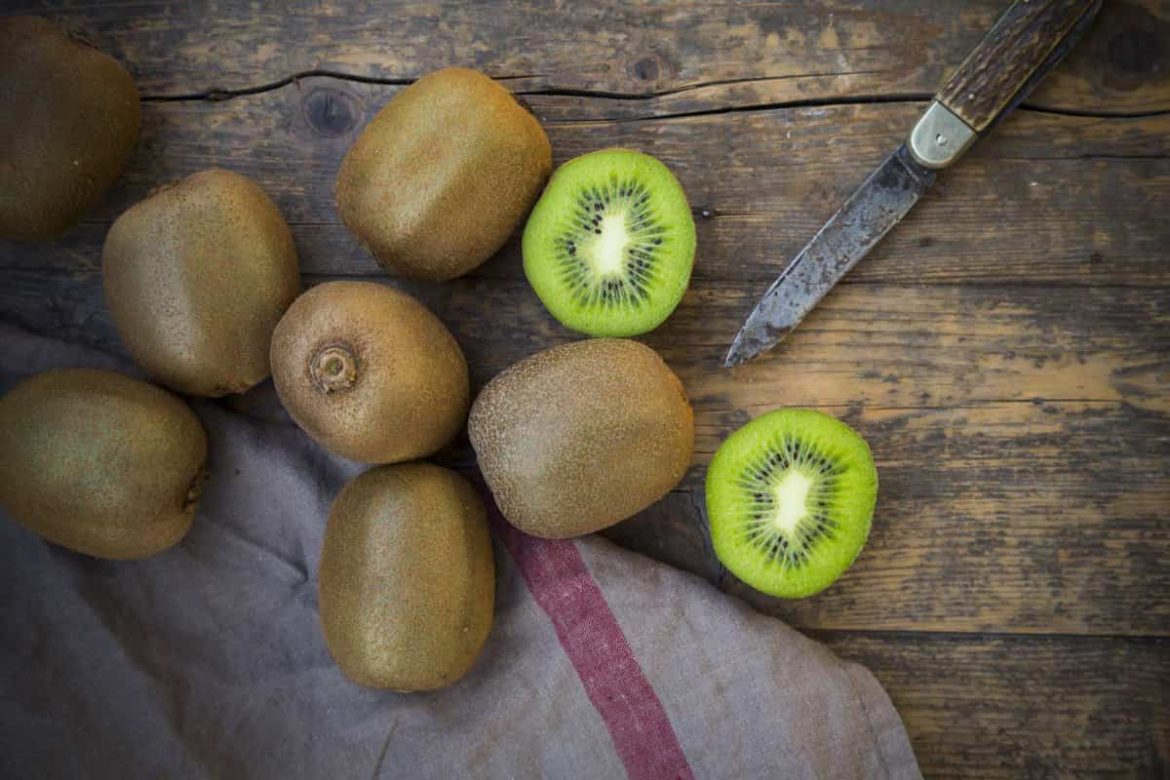
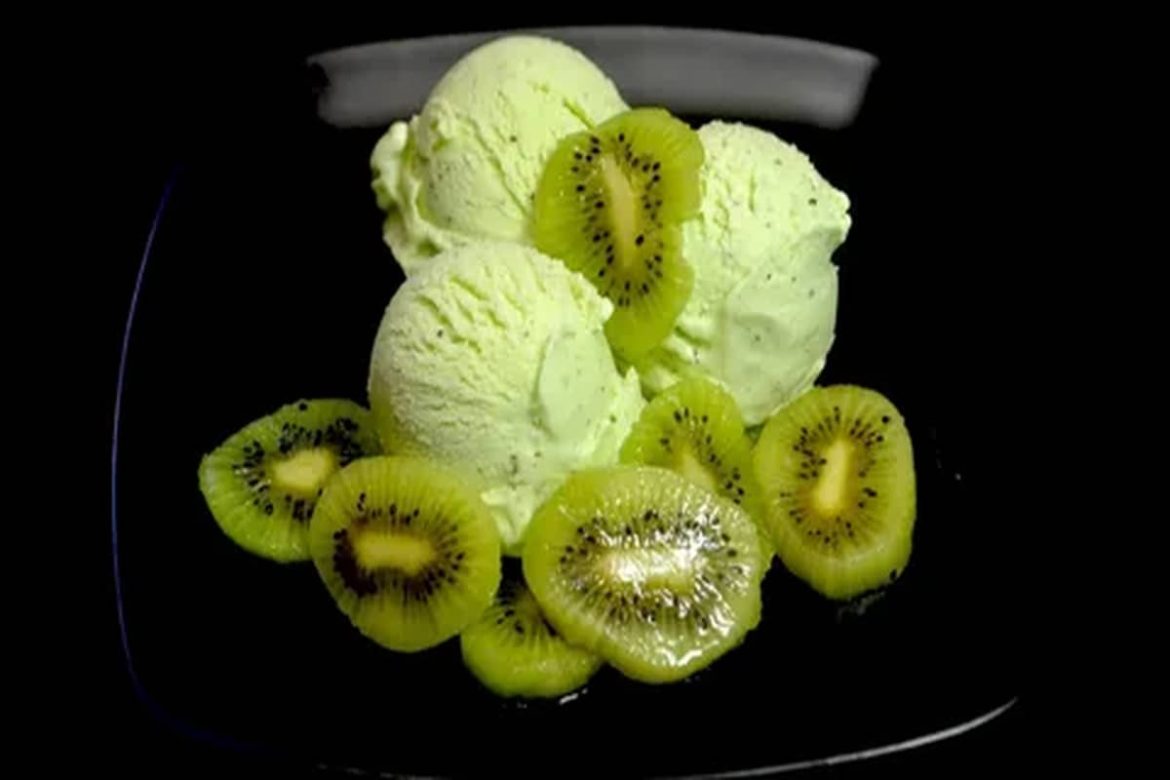

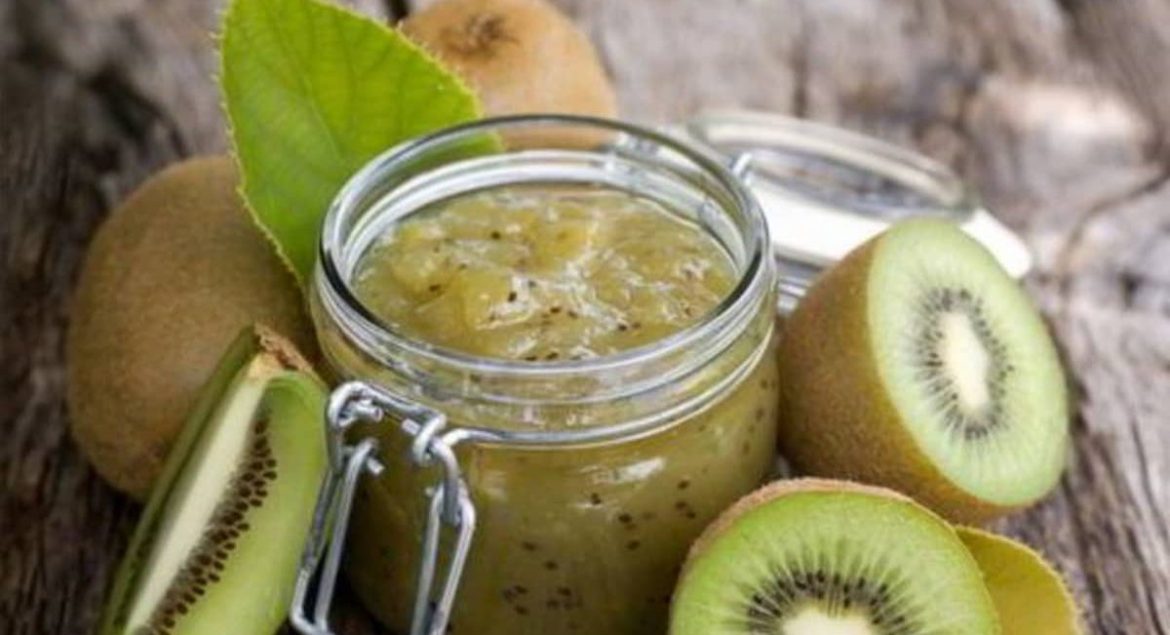
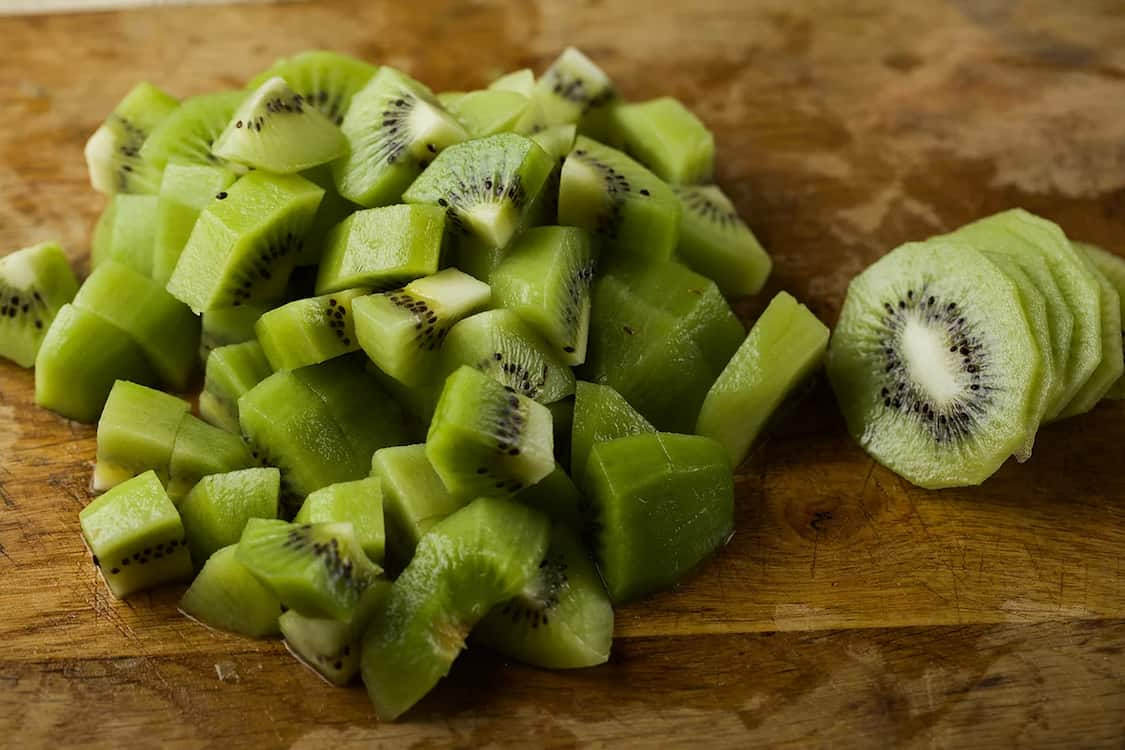
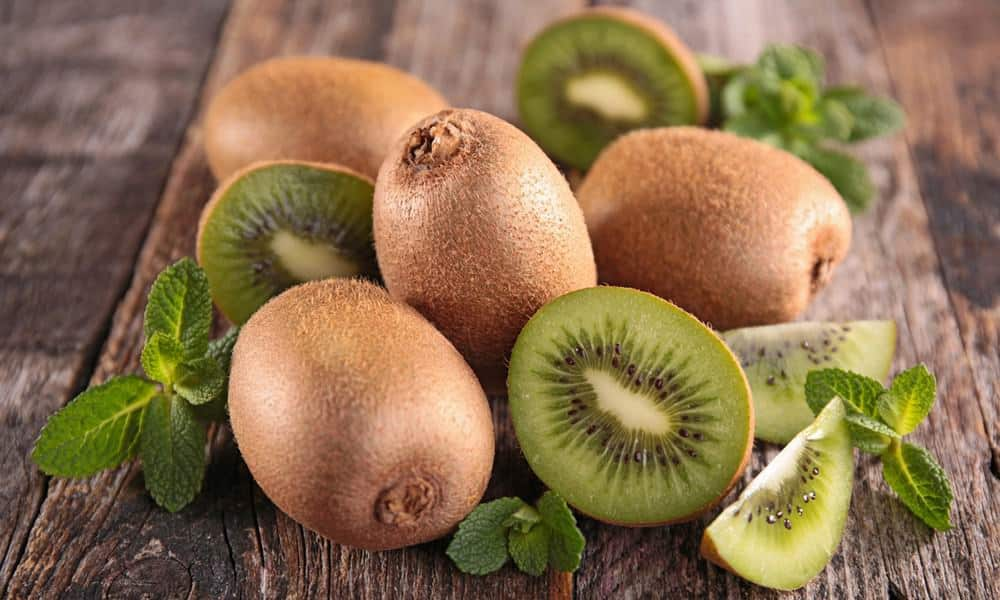



Your comment submitted.